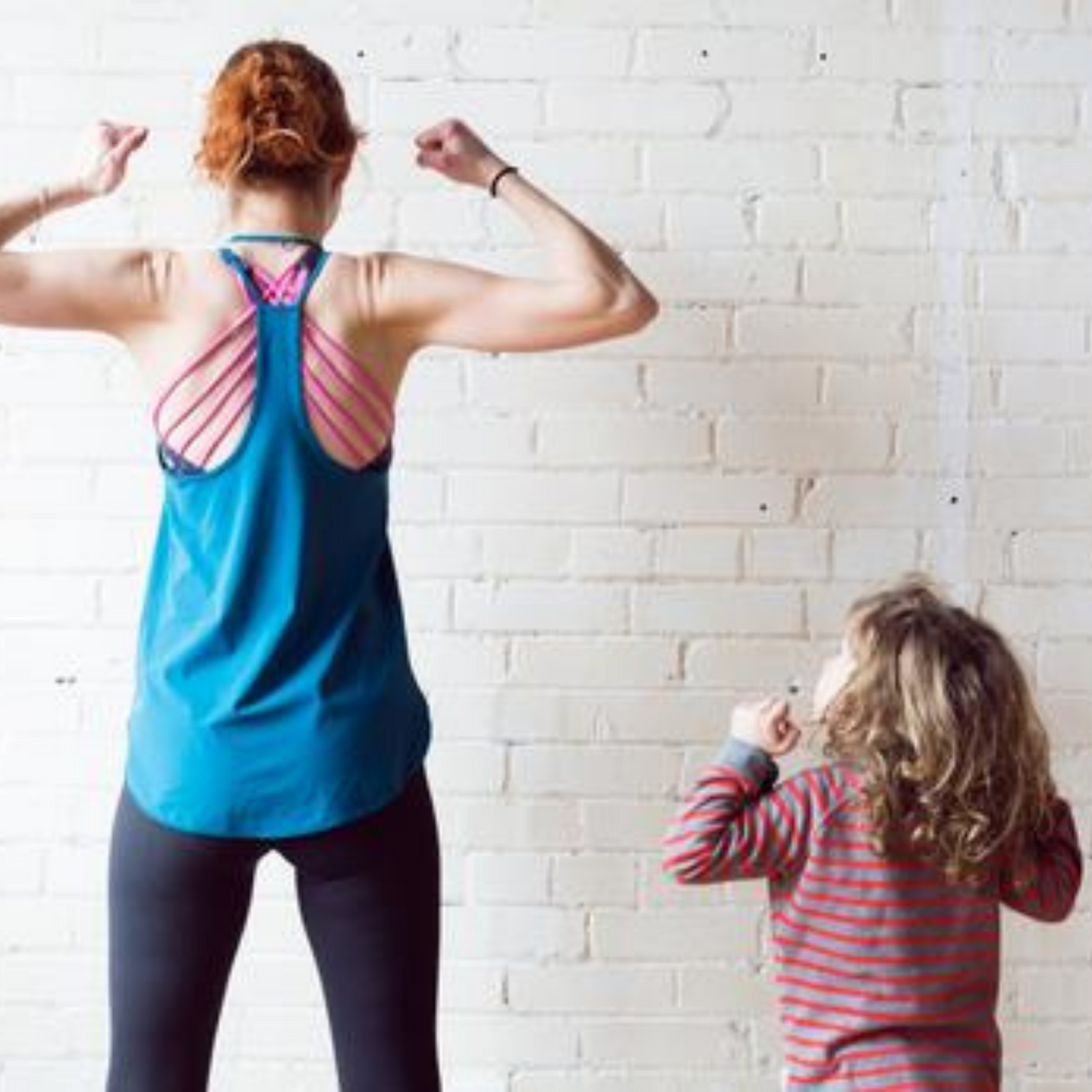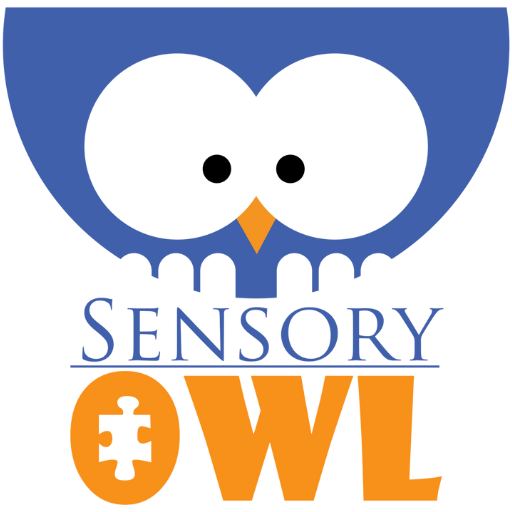
Yoga for kids: Mindful, Light and Fun
Share
Rayan Stanislaus

When you think of yoga, what comes to your mind?
Calm, Slow, Sensual…?
Now place a high-energy child into the mix...it’s
hard to imagine things going smoothly.
Believe it or not, yoga can be a fun and engaging exercise for children of all ages.
Research shows that many children enjoy yoga and may experience an improvement in their overall balance, motion and self-esteem when practised over time.
I wanted to try yoga with my three boys who are all under the age of five.
Yes, you read that right...
When the days were sunny, I placed a yoga mat into our garden and demonstrated the poses to my boys.
‘Oh! This is crazy!’ said my four year old.
Crazy, indeed.
My boys absolutely love to move. They are highly energetic and thrill-seeking. Standing still was like a ‘dare’ to them.
In this blog, I’ll explain how I got my boys to slow down, centre themselves and breathe…. for a tiny bit.
First, what exactly is Yoga?
The meaning of Yoga
Yoga is an ancient mind and body practise that originated in India, the word ‘yoga’ translates to ‘unite’ or ‘connect’. The art of yoga comprises of body movement, breathing techniques and meditation.
These components all work together to promote overall well-being.
Yoga has been established within the occupational therapy community as an effective and therapeutic component in sensory diets.
Sensory Integration and
Dysfunction
Sensory integration is the innate neurobiological process by which the brain interprets and integrates environmental stimuli. For example, if you place your hand onto a hot object, the heat (stimulus) triggers your nerves.
This then sends signals to your brain.
Your brain correctly arranges these signals into an order that they can be interpreted. Once the signal is interpreted, the brain responds by triggering the nervous system to react to the stimulus.
In this case, you will quickly move your hand.
Sensory dysfunction occurs when signals are not correctly organized in the brain. This results in poor information processing, development and responses.
It is common for children with ASD (Autism Spectrum Disorder) to experience difficulty with sensory integration.
In the field of neuroscience, Dr A. Jean Ayres has developed a theory on sensory integration and treatment. The three basic sensory systems within sensory integration are:
-
Tactile (Touch)
-
Vestibular (Movement)
-
Proprioception (Body awareness)
Tactile
This system consist of the nerves on our skin which reacts to stimuli such as temperate, pressure and pain. According to the Autism Research Institute, children with sensory integration issues may manifest tactile dysfunction in the following ways:
-
Withdraws from being touched
-
Refuses types of clothing/ fabrics
-
Avoids eating certain textured foods
-
Dislikes getting one’s hands dirty
-
Dislikes hair on face or having face washed
Vestibular
This involves the semi-circular canals within the inner ear and they detect movement and changes in your head position. If you close your eyes and tilt your head upwards, the vestibular system tells your brain of this change.
In other words, the vestibular system helps the body to balance. Children with a hypersensitivity to the vestibular system may experience:
-
Fear of ordinary movements such as swinging and sliding
-
Problems with climbing and descending on stairs
-
Fear of moving on unstable surfaces
-
Clumsiness
In contrast, a child with a hypo-reactive vestibular system may try to seek continuous sensory experiences. Signs of this can be seen from excessive whirling, jumping and spinning.
Proprioceptive:
This system is made up of muscles, joints and tendons which work together to provide you with a sense of body position. It helps you adjust yourself while sitting.
It also helps us control small objects like holding a spoon and writing with a pen. Signs of proprioceptive dysfunction includes:
-
A lack of awareness of body position
-
Tendency to fall easily
-
Clumsiness
-
Strange body posture
-
Eating in a messy manner
-
Problems with fine motor skills such as controlling small objects
Yoga improves the three systems
Yoga strengthen these three sensory systems by allowing the body to synchronize in order to complete the poses. The practice enhances all three systems by increasing sensory input to the brain through muscle stretching and strengthening.
With continuous practice, children may become more aware of their body position in space. More benefits of incorporating yoga into a sensory diet includes:
-
Improves balance, bilateral coordination and eye movement
-
Stimulates serotonin (calming hormone)
-
Builds self-esteem and confidence
Yoga techniques for children:
Ok, this was when my three boys came in.
I demonstrated the flow of movements and invited them to imitate me.
In summary, no one actually paid attention to me and they ended up doing their own thing…
Though, I noticed that their balance improved over time and also their attention span.
At the end of two weeks, the older two were able to do at least one pose without out falling over.
Here are some poses that you can try with your little one. They are both simple yet effective.
Everyone can relax and have a laugh while doing them!
Downward Dog
Children can receive proprioception input by having pressure placed in their arms while vestibular input by having their having their heads inverted.
-
Place hands shoulder-width apart and spread your fingers
- Place your knees on the floor. Woof! Now you’re a dog!
- Press your hands into the mat and inhale
-
Keep pressing your hands down onto the mat while gently lifting your knees off of the ground. Straighten your legs as much as you can. Exhale.
Tree Pose
Ok, my boys struggled with this pose because it involves the body working hard to achieve balance. Balance is a ‘no-way’ for my boys at the moment, they are so wiggly and playful.
Practising this pose over a period of time, however, improves equilibrium.
-
First stand straight and elongate your back. Place your feet side-by-side, touching each other. Place your arms at your side
-
Slowly shift your weight on to your right leg then slowly raise your left foot off of the floor. Align the raised left foot to touch the inner part of your right thigh. Inhale and exhale deeply
-
Raise your arms to the ceiling with palms pressed together to make an inverted V
My four-year old barely managed to get his right foot to touch his left inner thigh. He did, however, had loads of fun trying.
Breathing in..
One important component of yoga is breathing and relaxation exercises.
There are numerous neurophysiological benefits in controlled, deep breathing such as:
-
Improves the parasympathetic function (calm and digest system)
-
Reduces anxiety
-
Increases oxygen which helps in alertness
-
Decreases fatigue
-
Promotes healthy sleep patterns
-
Facilitates a healthy mental state
Deep relax breathing for Children:
Pretend Balloon
-
Let the child sit comfortably on a chair
-
Place their hands around their mouth to create a fake balloon
-
Demonstrate to the child how to breath deeply through the nose
-
Teach the child to exhale deeply, with each exhale, expand the hands as if it was a balloon being pumped.
Blowing bubbles
-
Fetch a straw and a bowl of water mixed with dish liquid
-
Ensure your child does not drink the liquid!
-
Show your little one how you breathe out to create the bubbles
-
See who can make the highest tower!
Worth a try
Overall, my boys had loads of fun trying out these techniques. Yoga can be a fun, stimulating and engaging exercise for your little ones.
Start slowly at first and don’t worry about getting things right straight away. Keep the exercise light and playful so that your kids would enjoy the experience.
My boys enjoy yoga so I will keep it in their exercise schedule. The messiness and wobbling definitely adds laughter into the mix!
